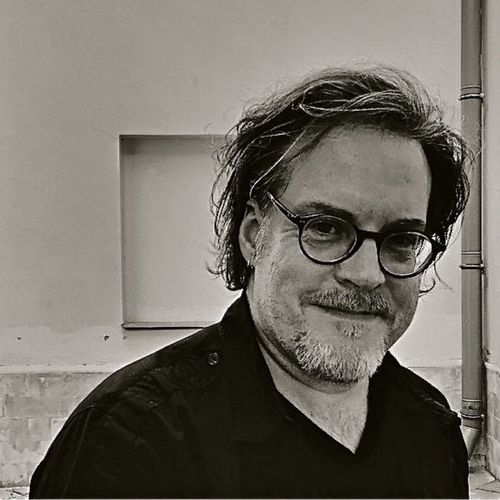UK Artist John Dyer Connects Children to the Environment Using Art and Sound
The work of artist and environmentalist John Dyer centers on fighting the good fight on behalf of future generations. He aims to educate schoolchildren about endangered ecosystems around the world via his non-profit Last Chance to Paint project.
John Dyer is based in Falmouth, Cornwall, the coastal locale where he grew up in southwest England. His work puts him in threatened areas in the Amazon and Borneo rainforests, engaging with native populations and beaming back live videos from his adventures along with photos and detailed diary entries. Through his vivid online dispatches – created and documented on-the-go with the help of Samson professional audio gear – Dyer reveals the people, plants and animals from these remote but fascinating places to children in 310 schools and in 29 countries throughout North America, the UK, Australia and Asia. Along with painting the local flora and fauna, interviewing tribal leaders and collaborating with local artists, he works with indigenous children and encourages them to paint their worlds – enabling faraway kids to see these areas through the eyes of native youngsters.
In addition to the artwork, tribal music and Dyer’s on-location reports, the Last Chance to Paint website includes classroom materials and other resources for learning that are developed with such organizations as the Born Free Foundation. Dr. Heleen de Coninck of Radboud University in the Netherlands and co-author of reports by the Intergovernmental Panel on Climate Change, has said: “John Dyer is doing absolutely fantastic work. Not just in awareness – I really like his paintings and how he is making art and sustainability a joint activity that can unite people.”
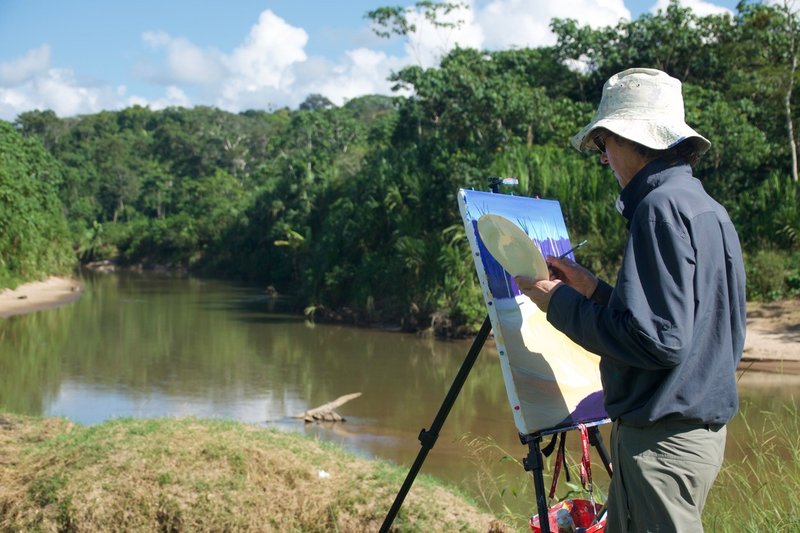
Dyer is also artist-in-residence with the educational Eden Project, an astonishing set of biomes – or bio-domes – in a former industrial crater in Cornwall; these biomes house various curated ecosystems, including the world’s largest “captive” rainforest – “a little garden of Eden,” Dyer calls it. The Eden Project, which draws tens of thousands of visitors per year for its exhibits and workshops, recently mounted a special exhibition of Dyer’s color-rich paintings from the Amazon and Borneo, along with his study drawings. The artist says: “Last Chance to Paint is about championing tribal cultures, wildlife, biodiversity and ethnobotany – much of which is threatened to the extreme, exponentially every year. It’s an optimistic, forward-minded effort, one focused on creativity – we strive to build bonds between children and the natural world using the universal language of the arts. After all, it’s the children who will ultimately have to save this world from environmental threat.”
Tell us about your experience in the Amazon for the Spirit of the Rainforest art project.
Prior to the global pandemic, we went to Brazil to explore the world of the Yawanawá tribe, who live in the Acre region of the Amazon. It was enlightening, amazing, difficult – all of these things. The team traveled by canoe via the Rio Gregório to the tribal village of Mutum. For a week, we uploaded blog posts and live video each day, with a satellite link to enable children from schools abroad to ask questions about life in the Amazon and what we were doing there. We talked about our experiences of the rainforest’s flora and fauna, as well as of tribal life – including the body painting, the jewelry, the ceremonies, the music. I painted in the tribal village alongside a friend and fellow artist, Nixiwaka Yawanawá, an Amazon Indian. We – along with children there, who are raised in a deep-rooted visual culture – painted the palm trees, the seed pods off the foliage, the snakes and the butterflies, with all their amazing patterns and shapes and colors. The goal was to convey the profound connection that the Yawanawá tribe have with the rainforest – the shamanistic power of the plants and animals for them. For instance, the snake is put on a pedestal there – it is respected as a spiritual creature, as are other plants and animals. The word “Yawanawá” even translates as “tribe of the wild boar.” The forest is virtually a church for the Yawanawá – it’s a sacred place. But that place is threatened now more than ever, of course, with all the increased burning and clearing of the forest for mining, drilling and logging.
For painting, we used the annatto seed pods there as pigment. When mashed up, these red seeds yield a vibrant orange-red substance that the Yawanawá use for their face and body painting, which often invokes their spiritual animals – the anaconda, the boa constrictor, the jaguar. Their view of these animals instills a respect for them – which is a necessity. There is danger everywhere in the Amazon, from the animals, the plants, the water. I nearly stepped on a big, black viper while I was there – Nixiwaka spotted it and saved me. Besides the occasional big snake, there were other challenges to working in the Amazon. We were jet-lagged, of course, and very tired, with some long days. We didn’t sleep terribly well and had to deal with some difficult mosquitoes. There was some stomach upset, too. But we got the job done, made friends along the way, and I hope we created something influential.
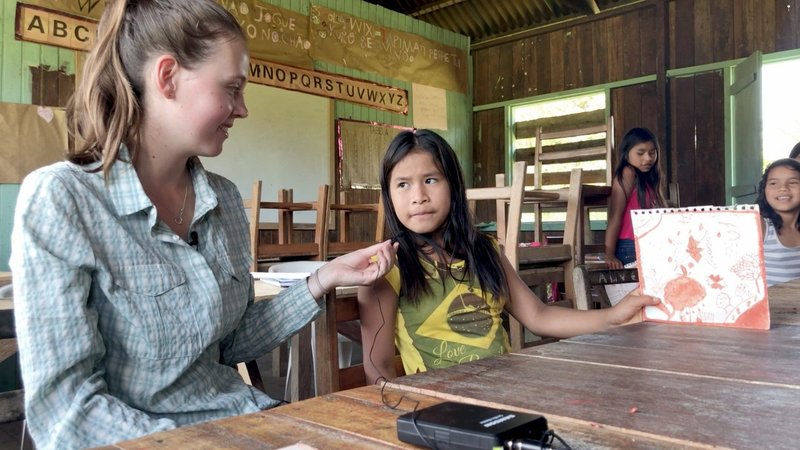
What type of audio and video gear did you use in the Amazon and how did it help you share your message?
The Samson Go Mic Mobile wireless audio system was pivotal for us as it easily connects to an iPhone and provides magnificent sound for video. The more gear you have and the more complicated it is, the more potential for problems you can have with it in a place like the Amazon. But the Samson equipment was rugged and really portable, easy to get through customs and carry on a trek like this. It’s the best set-up I could imagine. We used it with an iPhone, with both handheld and lavalier mics. Those lavalier mics were ideal to use with nervous children, in particular. Really, Go Mic Mobile gave a voice to the Yawanawá – and made it so children around the world could hear each other. This technology also allowed us to make posts daily – that daily, in-the-moment quality makes the blog posts and photos and video more powerful. We used a great app, FiLMic Pro, to monitor the sound levels, mixing the sound right on the iPhone. The sound quality from Go Mic Mobile is first-rate. For video, we also used the iMovie app and, for more elaborate editing, the LumaFusion app.
We’re still learning what we can do with this system, figuring out how we can best meet the challenge of these sorts of outdoor locations and how to make the most of what we’re creating for an audience of schoolchildren. But it really is extraordinary what you can do all on an iPhone, with the Samson Go Mic Mobile system and some apps. The Samson company has been wonderfully supportive to us. And I have to mention that a company called Procreate, which makes the app I use to paint on an iPad, sponsored the trip to the Amazon.
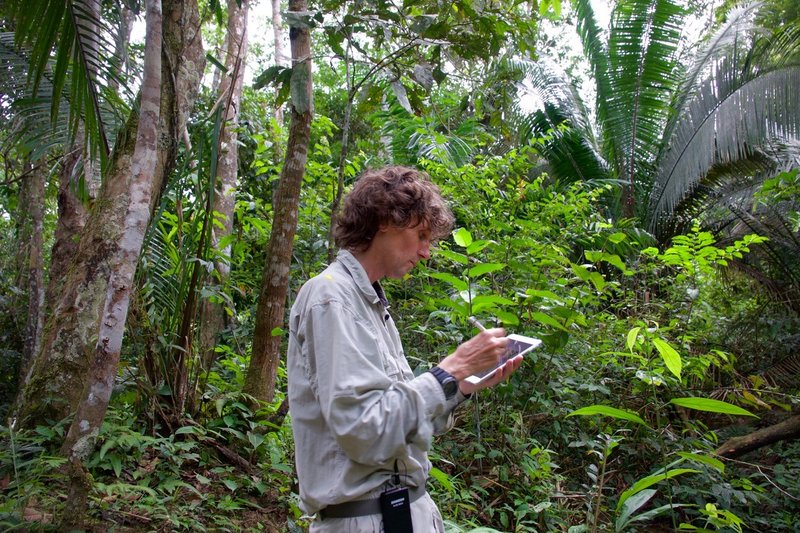
When did you become so attuned to the environment?
Growing up in Cornwall, on the coast, I went to sleep to the sound of crashing waves, and there were wilderness and sand dunes around my house. Born in 1968, I led a free-range existence as a boy, riding my bike with my camera and my drawings in tow. I was connected to nature. I studied art and graphic design and went on my first trip to the Amazon in 1989, on a traveling scholarship. And I was directly inspired by the radio series and book “Last Chance to See” by Mark Carwardine and Douglas Adams, the latter of whom is the author of “Hitchhiker’s Guide to the Galaxy”. Their project was about traveling to see endangered species, something that stuck in my head, obviously. So, I realized fairly early-on that we’re all on this beautiful blue marble together and should think and act accordingly. That said, I’m sensitive about not giving children stern lectures. I know that children have parents who have to make a living, sometimes in industries that are not what we might consider environmentally friendly or sustainable. Balance is the most important thing in the world, a balance between industry and the environment. I’m also concerned about the space for creative reflection in society, particularly for children in school. I know that, in the UK at least, cutbacks have eliminated so much of the room for art and creativity in the classroom. Children need to have space for their minds to relax and ponder. A lot of that has been shoved to after-school hours. But I think that when this happens children are losing more than some may realize.
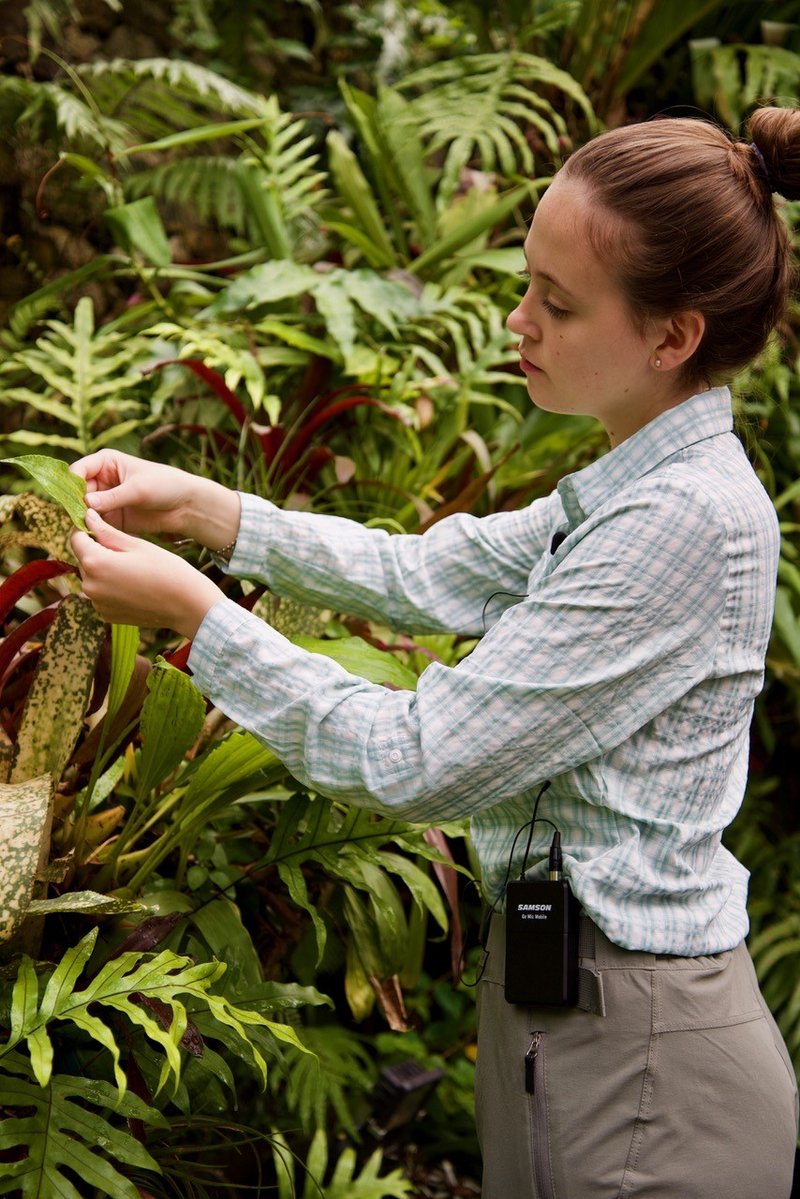
What are the next destinations for Last Chance to Paint?
Africa is our next expedition with a trip planned to Kenya in early 2022 and then we have plans for a summer Arctic expedition. This will all depend on the status of the pandemic at that time. With “Precious Africa,” we’ll explore a literal “last chance to paint” in Kenya. Many species are under threat there, but the Northern White Rhino is already functionally extinct – only two female Northern White Rhinos remain alive. The rhino horn is more valuable now, in monetary terms, than gold or even diamonds, so these amazing animals have been under tremendous pressure from poachers. Then we’ll go to Madagascar, the island off the coast of East Africa. That chapter will be called “Island Ghosts,” which will focus on the endangered lemurs there. After that, we’ll be going to the Arctic for “The Land of the Midnight Sun.” The Arctic foxes, polar bears and reindeer are endangered there. We’ll also be covering the Svalbard Global Seed Vault, which is on the Norwegian island of Spitsbergen. That incredible vault contains seeds from all over the world to insure against the loss of crops in case of environmental crisis.
This project is more about the human than the scientific, ultimately. As climate change and environmental concerns only heighten with time, the concerns of tribal peoples in places like the Amazon and Borneo will become global concerns – they already are, in many ways. These are journeys of discover for us, but commonality between peoples is what we want to share. I hope it inspires children to grow up as more thoughtful consumers, voters and citizens – and as the CEOs, politicians and journalists of tomorrow. Reaching primary-age schoolchildren is vital – those are the ages, around 7 to 11, when they are most receptive, with their curious, creative minds. They didn’t cause our environmental problems, obviously, but they will inherit them – and they will be the ones who likely create the solutions.
